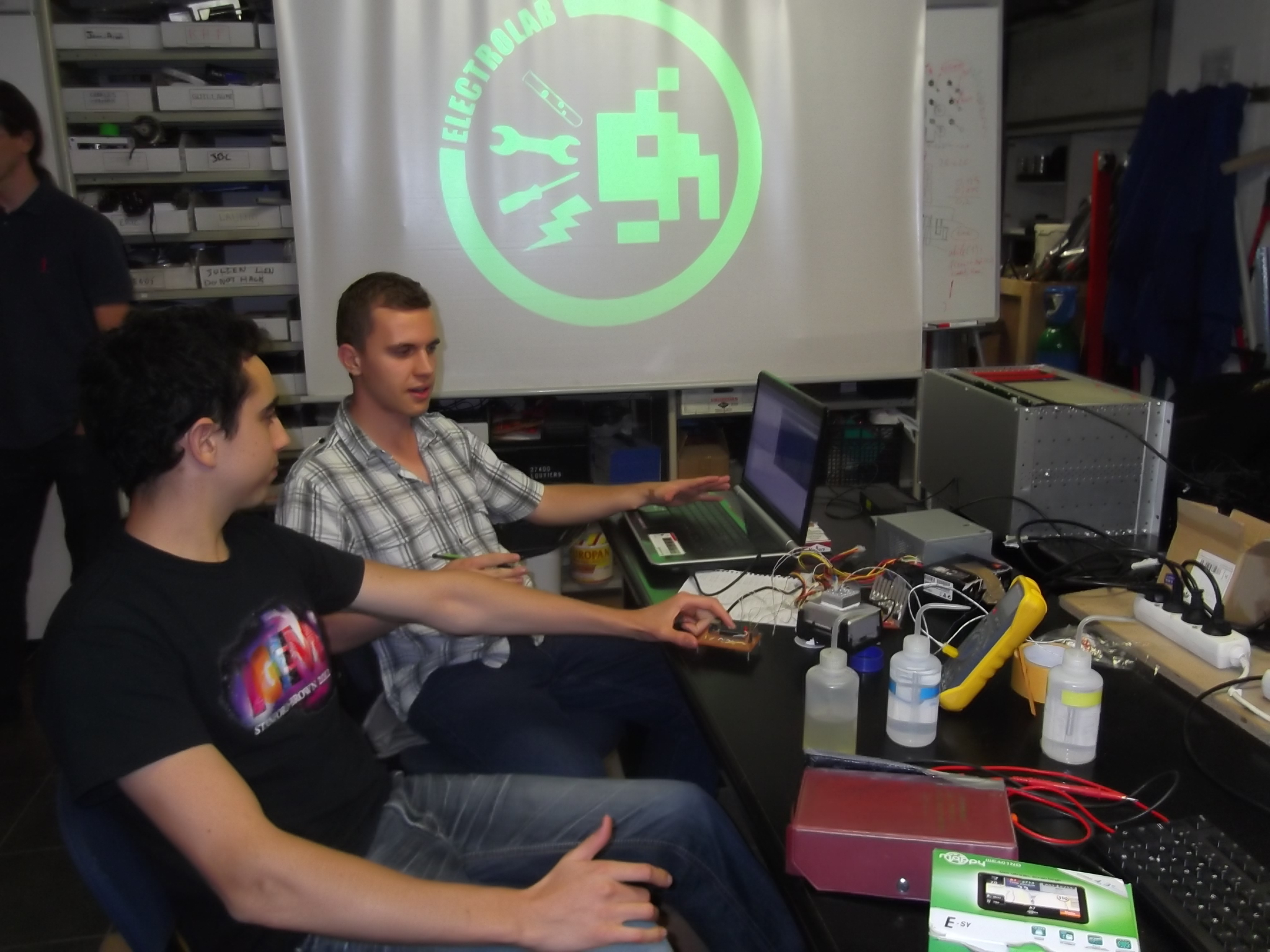Team:Paris Saclay/PS-PCR
From 2013.igem.org
(→Acknowledgements) |
|||
| (20 intermediate revisions not shown) | |||
| Line 1: | Line 1: | ||
| - | + | {{Team:Paris_Saclay/incl_debut}} | |
| + | |||
| + | {{Team:Paris_Saclay/incl_menu_navigation}} | ||
| + | Project | ||
| + | [[Team:Paris_Saclay/PCBs|What are PCBs ?]] | ||
| + | [[Team:Paris_Saclay/Project|Overview]] | ||
| + | [[Team:Paris_Saclay/Modeling|Modeling]] | ||
| + | [[Team:Paris_Saclay/PS-PCR|PS-PCR]] | ||
| + | [[Team:Paris_Saclay/Achievements|Achievements]] | ||
| + | {{Team:Paris_Saclay/incl_fin_menu_navigation}} | ||
| + | |||
| + | |||
| + | {{Team:Paris_Saclay/incl_menu_navigation}} | ||
| + | PS-PCR | ||
| + | [[Team:Paris_Saclay/PS-PCR|Overview]] | ||
| + | [[Team:Paris_Saclay/PS-PCR/detailed_description|Detailed description]] | ||
| + | {{Team:Paris_Saclay/incl_fin_menu_navigation}} | ||
| + | |||
| + | {{Team:Paris_Saclay/incl_contenu}} | ||
| + | |||
| + | =PS-PCR : The Paris-Saclay Open Source PCR thermal cycler= | ||
| + | |||
| + | == Description == | ||
| + | PCR (Polymerase Chain Reaction) is a very useful procedure in the field of synthetic biology. However, this technique requires a device called a ''thermal cycler'', which is designed to cycle the samples through different temperature steps. Commercial PCR thermal cyclers are traditionally very expensive, with prices starting at $2000, which makes them hard to afford for small labs and DIY projects. | ||
| + | |||
| + | This project aims at creating a thermal cycler for under 30€ with easily accessible parts. | ||
| + | |||
| + | |||
| + | <div style="text-align:center;"><span style="font-size:1.5em;border:1px solid #000000;padding:3px;"> | ||
| + | [[Team:Paris_Saclay/PS-PCR/detailed_description|See the detailed description]]</span></div> | ||
| + | |||
| + | |||
| + | [[File:Psglobal.JPG|thumb|350px|left|Our first prototype]] | ||
| + | |||
| + | |||
| + | [[File:Pstested.JPG|thumb|350px|right|It works !]] | ||
| + | |||
| + | <div style="clear:both;"></div> | ||
| + | |||
| + | == Scaling and distribution opportunities == | ||
| + | |||
| + | This first version of the PS-PCR can be easily manufactured for use by iGEM teams and researchers. By checking the [https://2013.igem.org/Team:Paris_Saclay/PS-PCR/detailed_description#Construction BOM] one can deduce that the system is easily scalable. | ||
| + | |||
| + | Moreover, one of our members is currently working with a group to build a highly improved and feature-rich version of this device, which may be available at low cost soon. | ||
| + | |||
| + | == Acknowledgements == | ||
| + | |||
| + | Thanks to Cyprien and Pierre-Yves for their help with calibration, machining and software. Thanks to the people from the [http://electrolab.fr Electrolab] hackerspace. | ||
| + | |||
| + | [[File:Pselectrolab.JPG|thumb|center|700px|PS-PCR design at the Electrolab, with a former iGEM-er (look at his tee-shirt)]] | ||
| + | |||
| + | <div style="clear:both;"></div> | ||
| + | |||
| + | == Brick of knowledge == | ||
| + | |||
| + | <html> | ||
| + | <video width="700" controls> | ||
| + | <source src="https://static.igem.org/mediawiki/2013/d/dc/PSPCR_vid.webm" type="video/webm"> | ||
| + | Your browser does not support the HTML5 video tag. To see this video, please use a modern browser. | ||
| + | </video> | ||
| + | </html> | ||
| + | |||
| + | |||
| + | {{Team:Paris_Saclay/incl_fin}} | ||
Latest revision as of 00:14, 5 October 2013
Contents |
PS-PCR : The Paris-Saclay Open Source PCR thermal cycler
Description
PCR (Polymerase Chain Reaction) is a very useful procedure in the field of synthetic biology. However, this technique requires a device called a thermal cycler, which is designed to cycle the samples through different temperature steps. Commercial PCR thermal cyclers are traditionally very expensive, with prices starting at $2000, which makes them hard to afford for small labs and DIY projects.
This project aims at creating a thermal cycler for under 30€ with easily accessible parts.
Scaling and distribution opportunities
This first version of the PS-PCR can be easily manufactured for use by iGEM teams and researchers. By checking the BOM one can deduce that the system is easily scalable.
Moreover, one of our members is currently working with a group to build a highly improved and feature-rich version of this device, which may be available at low cost soon.
Acknowledgements
Thanks to Cyprien and Pierre-Yves for their help with calibration, machining and software. Thanks to the people from the [http://electrolab.fr Electrolab] hackerspace.
Brick of knowledge
 "
"


